Article Takeaways:
- What makes the best audio ads in 2019
- Power of voice
- Direct response is a mixed bag
What do you count on at the end of the year? Skating at Rockefeller Center? The annual showing of Scrooge (the 1951 British version, thank you.)? Eating until you pass out?
For a lot of us, it is, of course, the ubiquitous “best of” or “year-end” analyses, many of which focus on ads. What would this time of year be without the great reveal of this year’s John Lewis ad, the tear-jerkers, the massive missteps… dividing co-workers and families everywhere?! Great fun all around.
If at least part of all that analysis centers around cultural relevance, then the area to analyze going into 2020 is — from a channel perspective — audio. Everyone’s walking around with earbuds — when they’re not, they’re talking to a smart speaker. People aren’t looking at TV ads 61% of the time (Nielsen), but they’re hearing them. Everyone and their grandmother are making podcasts, and a lot of new, innovative technologies are enabling them — and their advertisers — to turn great content into great business. The list goes on, and it’s only going to grow.
With that, what made for the best audio ads in 2019? We ran an analysis of the ad creative (in podcasts, streaming audio and radio) that flowed through the Veritonic Audio Intelligence Platform over the course of the year to find out.
Powered by Machine Listening and Learning (M-LAL™), the platform analyzed thousands of 2019 audio ads — assessing each creative against myriad characteristics, correlating them with second-by-second human response data, and assigning a Veritonic Audio Score. Each score bakes in consumers’ emotional response, the ads’ ability to drive recall, impact on intent to purchase and engagement with each asset.
Brands with winning audio ads included Tommy John, Burt’s Bees, and Vital Farms.
Here are the five key learnings about the top 100 audio ads of 2019:
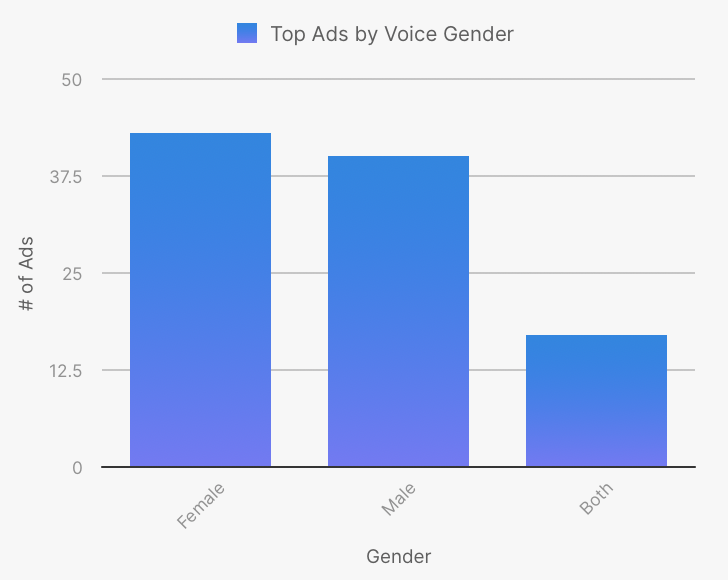
Leverage female voice
Consistent with a lot of research we did this year (with our friends at Westwood One, for example), data around the power of female voice continues to debunk the long-accepted assumption that consumers prefer male voices in audio ads. While, historically, male voices have been used around 75% of the time in ads, female voices test as well — and often better — than their male counterparts. Analysis of the top ads on Veritonic supports the trend.
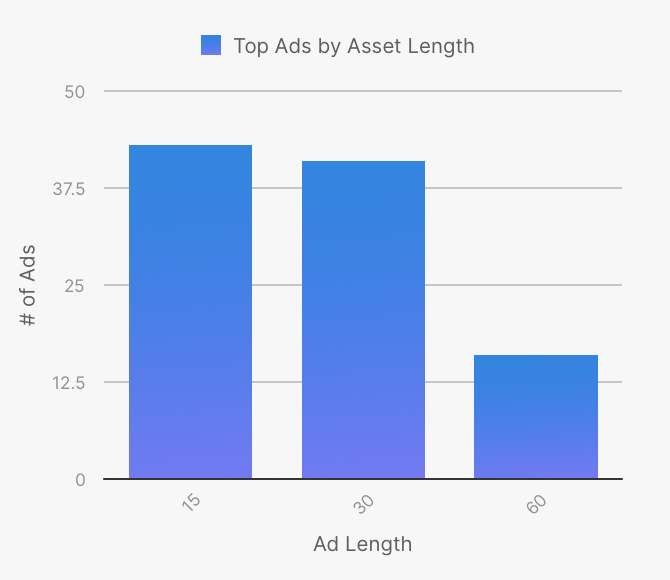
Size Matters
In this case, the shorter the better. A strong majority of winning ads were 15 and 30 seconds long. While a few non-standard-length ads (eg, 45 seconds) were tested in the system over the year, only 16 longer-format creatives made the top set (60-second ads). As some of our partners continue to experiment with less conventional, longer formats — many of which we’re seeing in podcasting — we’ll see how these numbers change in 2020.
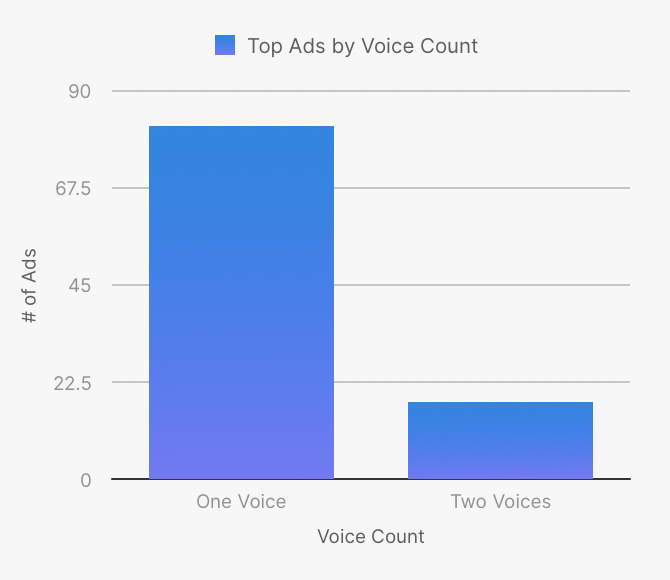
Don’t muddy ads with too many voices
From smart speakers to the ever-present “host v. announcer” podcast fracas, voice has never been more important. But, as this data shows, there is power in singularity of voice. 2019 audio ads featuring one voice, as opposed to several, brought a focus to those messages that clearly resonated with consumers.
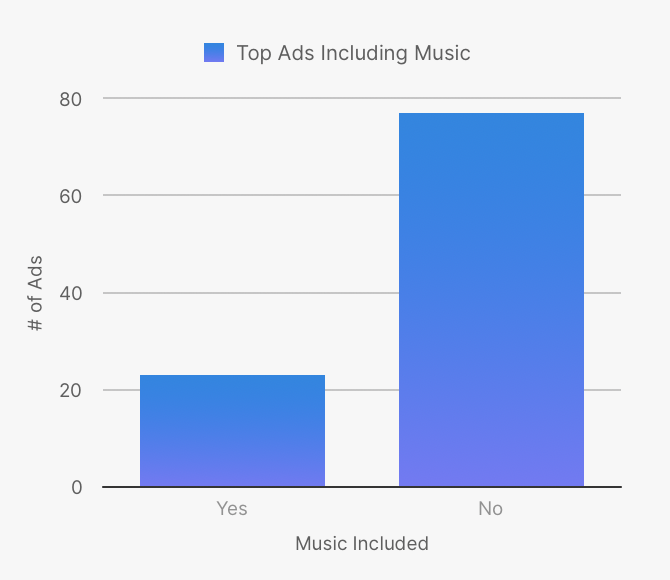
Music isn’t a given for ad success
While melody may make for stronger audio logos (as we demonstrated in our most recent Audio Logo Index), the practice may not always extend to using music in ads. Of the highest-scoring audio ads in 2019, over 75% did not include a music bed, possibly suggesting that the added secondary element may distract from the primacy of the message.
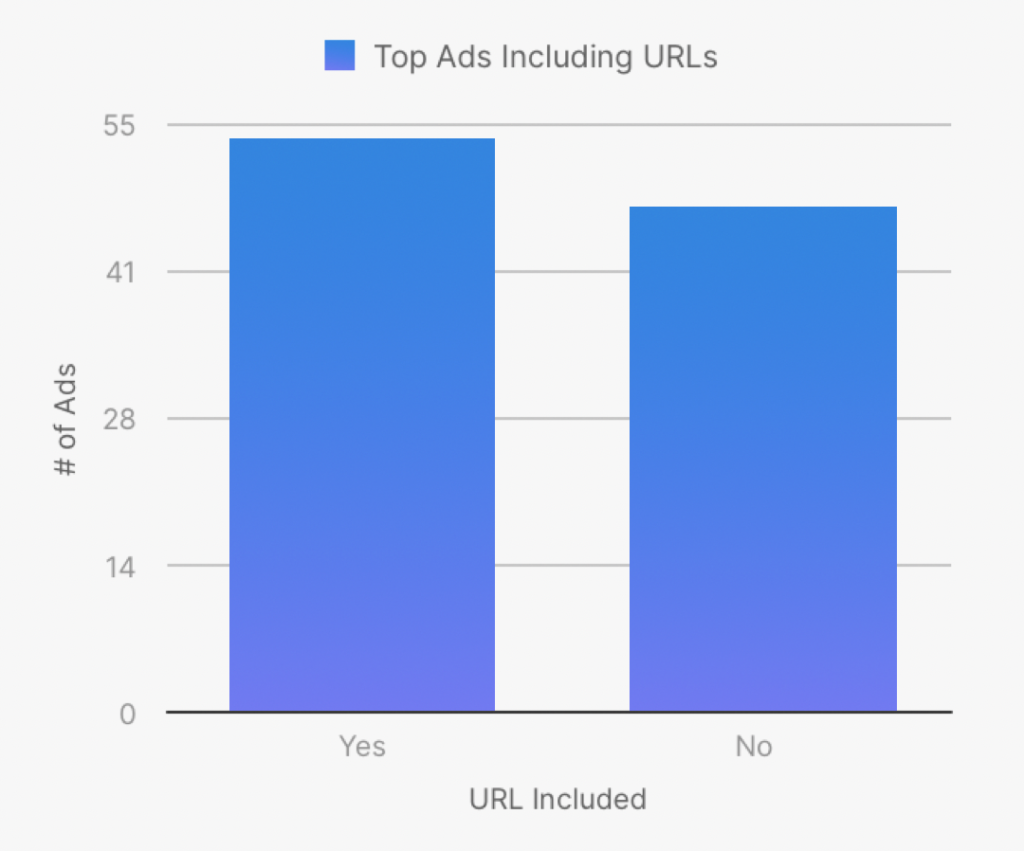
Direct response is a mixed bag
Compared with something like digital display advertising, audio is obviously still a bit challenged when it comes to driving fast, easy conversion. Voice command/commerce will likely start to change that soon (as evidenced by, for example, Pandora’s recently-launched interactive voice ads). In the meantime, 2019 audio ads that included a URL for a listener to visit performed similarly to those that did not.
Happy end-of-year-analysis to all. Look for new kinds of data out of the Veritonic platform in 2020 to help you understand and quantify the most effective way to use sound.

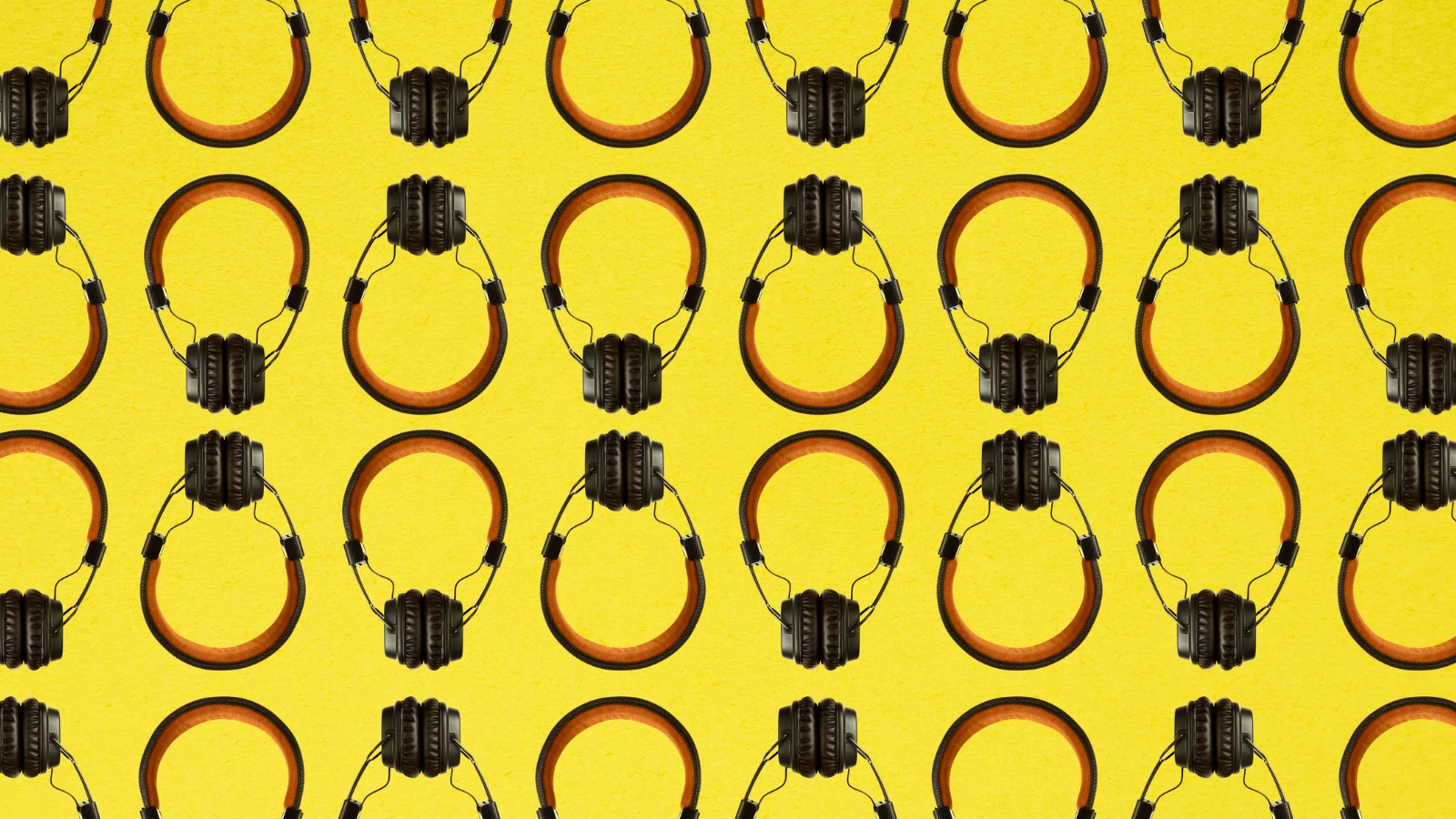
Scott,
Interesting article on Winning Audio Ads.
How were the WINNING Ads determined when it came to commercial length?
Winning in most peoples minds means Most Effective. We’ve found it’s not possible to brand a business with 15 second ads which
is the winning ad length. If someone has a strong brand already, I could see 15’s winning, well something.
You do mention that 16 longer form ads (60 seconds) did make the cut. How many total commercials were measured?
Thanks
Don Jacobs
There’s something that seems to be missing. Like the actual performance of the ads. Are they part of a long-term plan? Direct response? I was hoping there was actual audio examples of the “winning” ads. And there were more shorter ads because nobody knows how to write for a :60. Sad. So, there
Stations push shorter ads so they can sell more versus figuring out what the best thing for the client actually might be. I’m sorry, but there was no real data here that matters. Just bar graphs that nobody cares about. Until the radio industry starts figuring out how to help their clients’ ads work… they’ll continue to struggle. It doesn’t matter if you’re the best radio salesperson in the world if you don’t have the writing and marketing knowledge to go along with it to make an ad campaign PERFORM for the client. When you do… that client loves you and spends with you for decades. But nobody wants to take the time to teach sales teams how to do it right.
Veritronic seems to be just another way to try to sell the radio industry something to help their sales teams who have never been educated on how advertising actually works. It’s smoke and mirrors to the advertisers.
You don’t have to post this publicly… but as a salesperson / sales manager at a very successful radio group, it’s just frustrating to see articles like this that may lead sales teams down the wrong path.
I agree, Duane. This article was nothing more than a “sales job” and didn’t define many things.